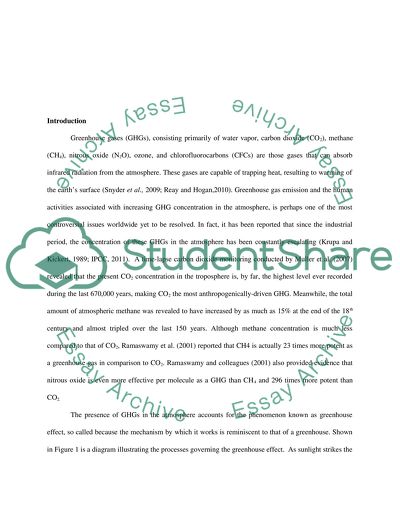Cite this document
(“Greenhouse gas effect and ways to stop them Term Paper”, n.d.)
Retrieved from https://studentshare.org/environmental-studies/1417938-greenhouse-gas-effect-and-ways-to-stop-them
Retrieved from https://studentshare.org/environmental-studies/1417938-greenhouse-gas-effect-and-ways-to-stop-them
(Greenhouse Gas Effect and Ways to Stop Them Term Paper)
https://studentshare.org/environmental-studies/1417938-greenhouse-gas-effect-and-ways-to-stop-them.
https://studentshare.org/environmental-studies/1417938-greenhouse-gas-effect-and-ways-to-stop-them.
“Greenhouse Gas Effect and Ways to Stop Them Term Paper”, n.d. https://studentshare.org/environmental-studies/1417938-greenhouse-gas-effect-and-ways-to-stop-them.


